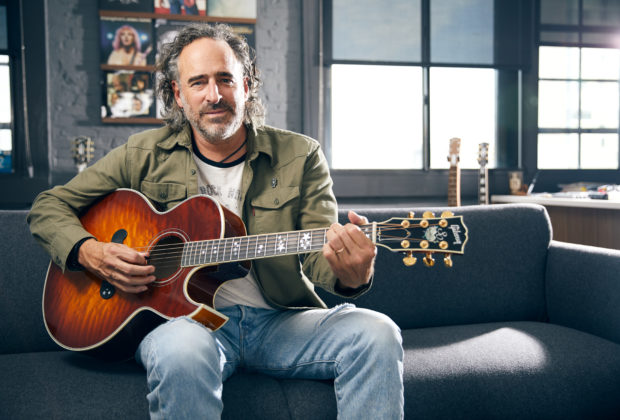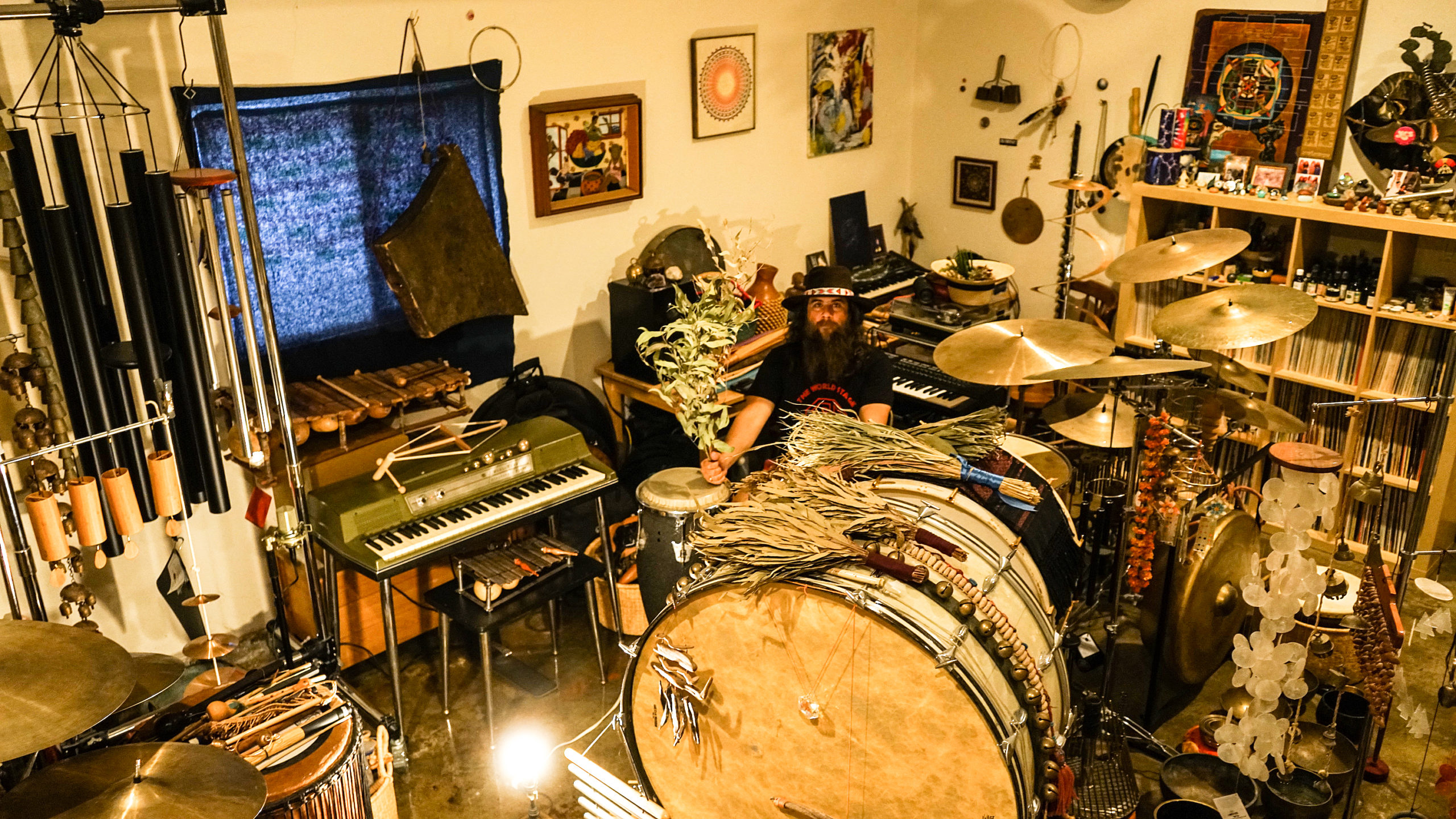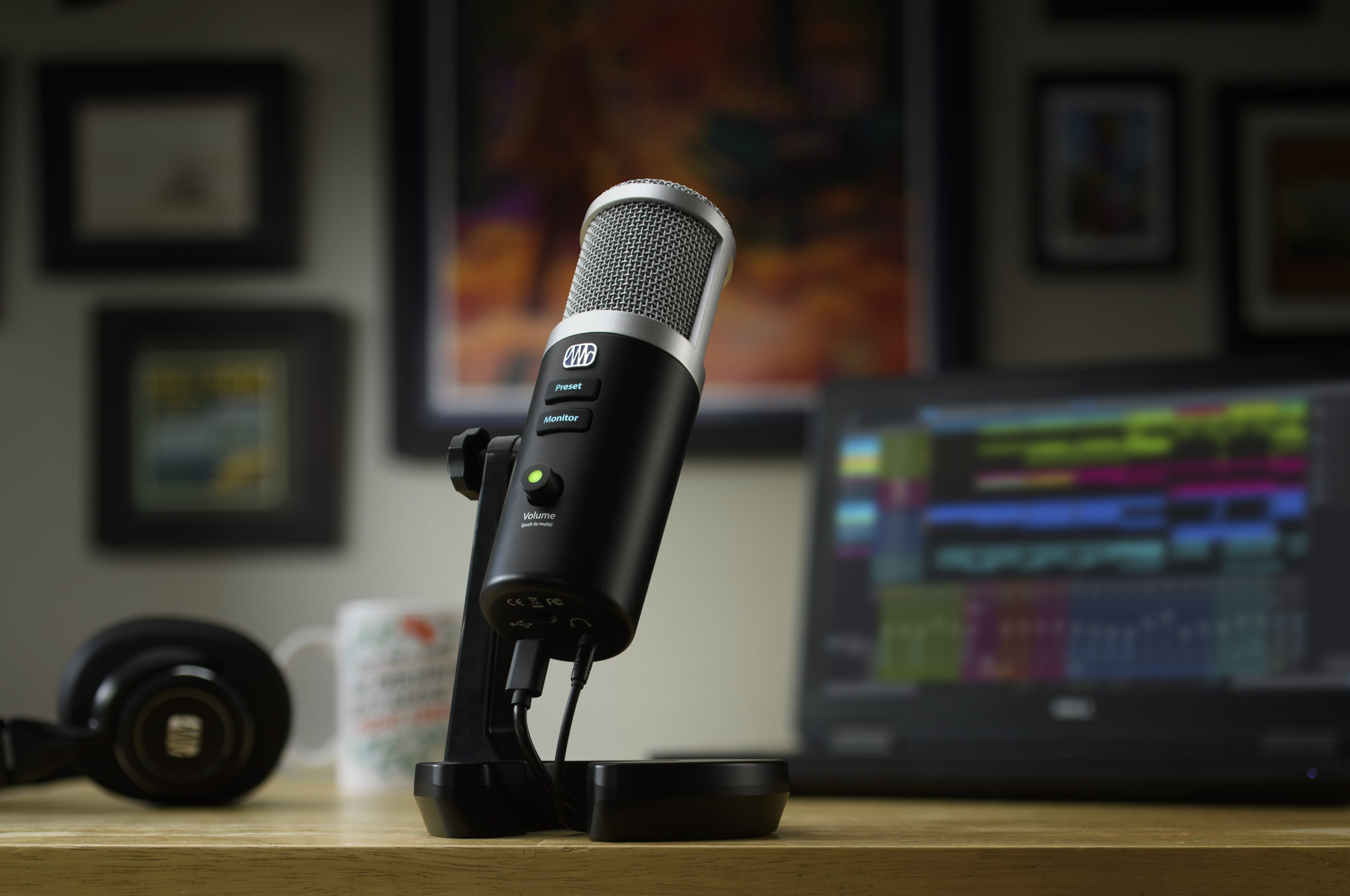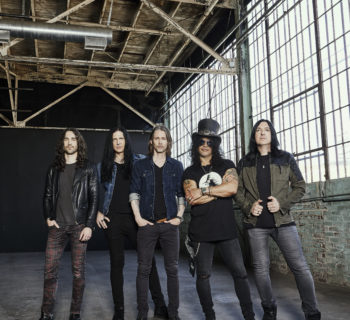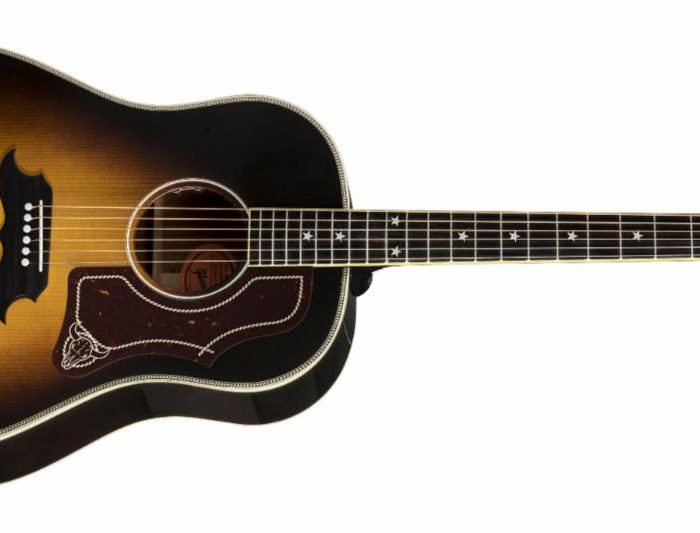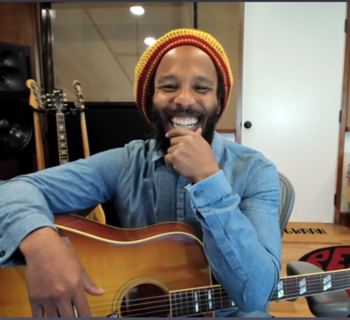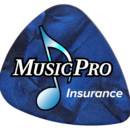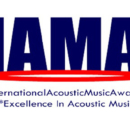Quickly, ask yourself how many of your favorite musicians play Gibson guitars. Rest assured, you’ll find it will be a near infinite list spanning multiple musical genres. Since 1894, Gibson is a brand that has been synonymous with world class craftsmanship, legendary performers and innovative excellence.
However, in 2018, a great deal of that golden luster had been tarnished. Gibson sales were down and the company had accrued millions of dollars in debt, finding itself caught in the mire of bankruptcy. Things were looking rather bleak for the music instrument titan. But then, after years of declining sales and undefined relationships with music dealers, artists and fans, the tide began to turn.
If the iconic brand was going to navigate through this financial period and have a shot at reclaiming their place in the music and instrument manufacturing industry, they needed new leadership. Enter James “JC” Curleigh, who became Gibson President and CEO on November 1, 2018. Previously he spent seven years in San Francisco as president of Levi Strauss, essentially rebuilding that iconic clothing brand as well. “I read an article about Gibson going bankrupt,” says Curleigh. “I thought it was sad news. But I felt I understood iconic brands and I have a bit of a playbook that might be able to help. So I reached out to some of the folks that were taking the company through the obstacle course of bankruptcy.”
Gibson asked Curleigh if he would consider becoming their CEO. At first the corporate leader and musician was reluctant because he was comfortable at Levi Strauss. “But I soon realized this was literally the dream situation of a brand that needed to be restored,” says Curleigh. “I had the experience and I had the passion. I felt it was more of a noble cause. So I made the decision and headed to their headquarters in Nashville to rebuild Gibson.”
Just how did a major corporate player like Gibson wind up in such treacherous waters? Curleigh offers some insight as to that end, and the challenges he’s had to overcome. “Over time, Gibson took its leadership for granted and it expanded into categories and areas where, they either didn’t have experience, or it wasn’t a good fit,” explains the Harvard and Stanford business school alum. “The obvious obstacles were: quality was eroding on our guitars and relationships with dealers were strained. Artists loved the brand, but they didn’t like working with the company. So, we invested more in our factories in year one than in the previous 10 years combined. We also made fewer guitars, but we made better quality. And then we started rebuilding relationships with our dealers. We became partners with them and not making it just a transactional deal.”
In addition to the authentic product line that is Gibson guitars, there is now a family of brands that is contributing to make the company a formidable force once again. Epiphone guitars are the classic and more accessible brand. “We have the Epiphone originals and the Epiphone models inspired by Gibson,” explains Curleigh. “You see that SG on the cover of an AC/DC album or Greta Van Fleet. And you say, ‘Man, I want that guitar but it costs $2,000 for a Gibson SG. But you can get into an Epiphone one for $400. So we re-launched Epiphone as the guitar for every stage in life.” Their other brands include the Kramer line of guitars, KRK studio monitors and audio gear, and Mesa Boogie amplifiers.
Going forward, the company just launched the Gibson App that will appeal to beginner, intermediate and pro level musicians. It’s got a great tuner, a learning platform and a connection to Gibson TV and gibson.com . In April 2021 the Gibson Garage will be unveiled. It will be a 8,000 square foot experience that will include a live stage, Gibson Custom Shop, artist relations booths, apparel and gear retail shops and many other interactive features located at their headquarters in Nashville, TN.
“Since 1894 we’ve seen 23 different presidents and 33 different election cycles come and go,” says Curleigh. “And we’ve seen a wide spectrum of generational change. What truly made America, America were brands like Levi’s, Gibson and Harley-Davidson. Even in the modern day you have Amazon and Tesla. It’s about dreaming big and then putting execution behind it. We want to bring something to people’s daily lives that matters. That’s where I want Gibson to be.”

